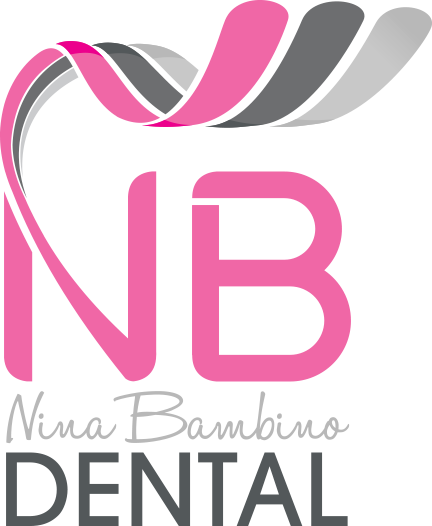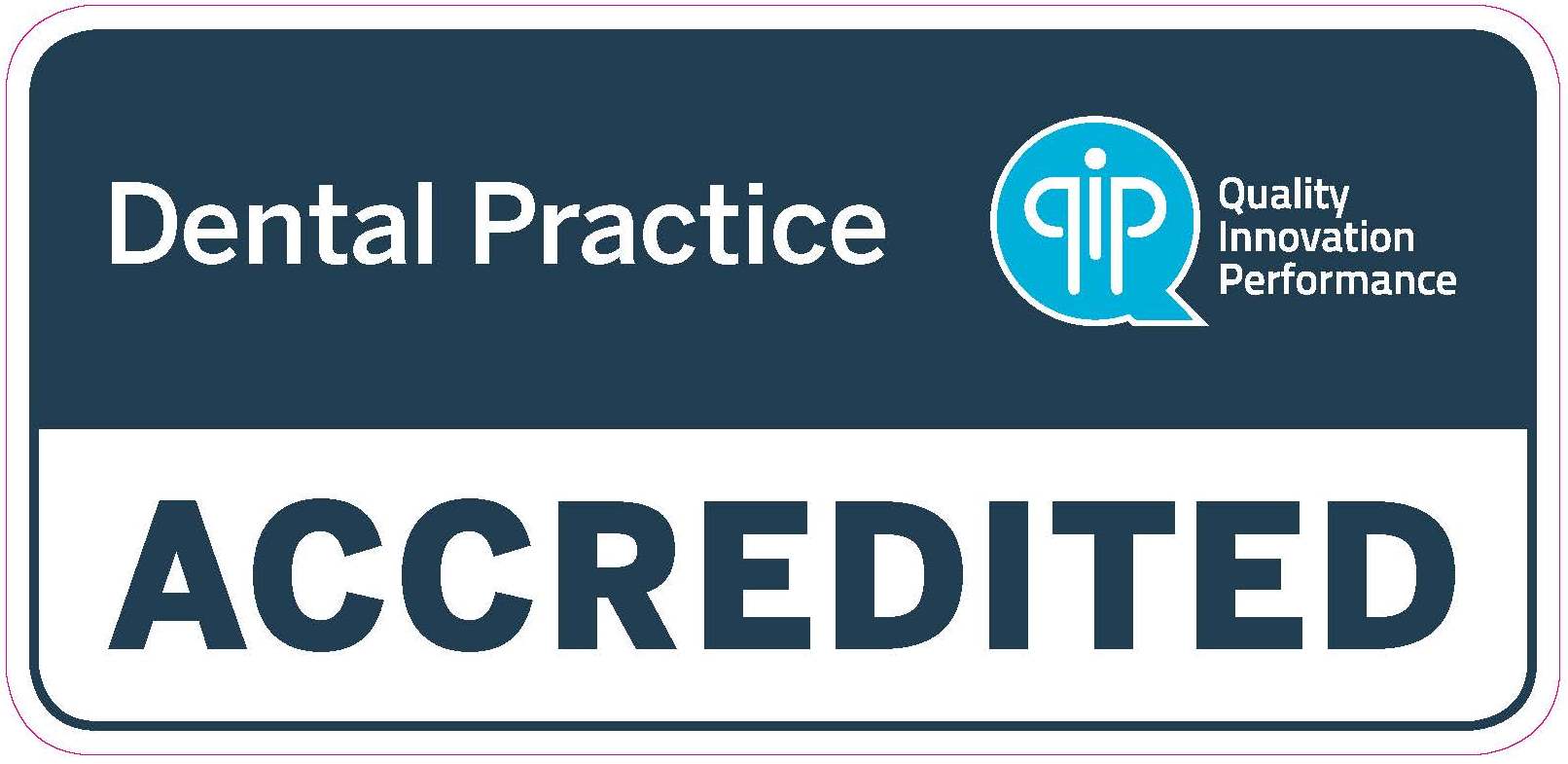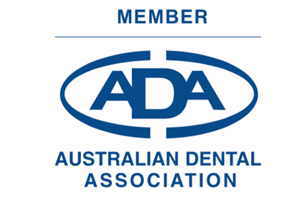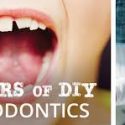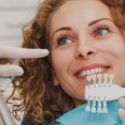Did you know 50% of the surfaces of your teeth are in between them and if not flossed, decay and gum disease causing bacteria, remains behind after brushing?
Flossing is an essential part of taking care of your teeth and gums. All dentists recommend flossing at least once a day to help remove plaque from the 50% of areas between your teeth where your toothbrush can’t reach. This is important because any that is not removed by brushing and flossing can eventually harden into calculus or tartar. Flossing also helps prevent gum disease and cavities from forming.
Should I floss before or after I brush?
Technically, the most important thing about flossing is to do it. As long as you do a thorough job, it doesn’t matter when. Pick a time of day when you can devote an extra couple of minutes to your dental care. People who are too tired at the end of the day may benefit from flossing first thing in the morning or flossing after lunch. Others might like to go to bed with a clean mouth. Our dentists at NB Dental recommend flossing for those few minutes your conditioner sits in your hair in the shower or beside you whilst you watch TV at night. Whatever it may be, it needs to suit your daily schedule and become an important part of your routine.
And don’t forget, children need to floss too! You should be flossing your child’s teeth as soon as he or she has two teeth that touch. Because flossing demands more manual dexterity than very young children have, children are not usually able to floss well by themselves until they are 10 or 11 years of age.
Keep in mind that flossing should not be painful. If you floss too hard, you could damage the tissue between your teeth. If you’re too gentle, you might not be getting the food out. It’s normal to feel some discomfort and have some bleeding. This indicates your gums are inflamed and you need to continue flossing to reduce this. With daily brushing and flossing, that discomfort should ease within a week or two. It is most important that you do not get discouraged because there is some bleeding or discomfort initially, but if you are concerned please contact one of our dentists.
What Should I Use to Floss?
There are several options for cleaning between teeth. You might choose to use dental floss or another product specifically made for this purpose like a dental pick, pre-threaded flosser or tiny brushes that reach between the teeth. Ask your dentist how to use them properly to avoid injuring your gums. It could be that you simply need to try another type of dental floss—waxed, unwaxed, and thick or comfort floss. Stick with it and you’ll have adopted a healthy habit for life.
Talk to your dentist about what types of oral care products will be most effective for you.
So flossing, or interdental cleaning as it’s officially known, is an essential part of caring for your teeth and gums, and not some kind of “nice to have” added extra.
How do I floss?
Your dentist is the most qualified person to instruct you on flossing correctly but there are some basic tips you can follow:
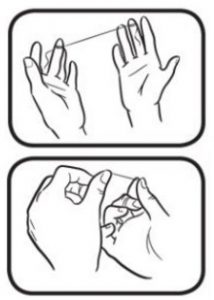 |
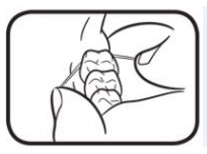 |
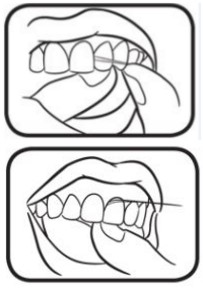 |
| Wind about 45cm of floss around your middle fingers and rest it across your thumbs and index fingers. | Always insert the floss gently using a gentle side-to-side motion to avoid traumatising the gums. | To clean the “neck” of the tooth, which is the point at which it meets the gums, curl the floss and insert it gently under the gum. |
Your dentist or oral health therapist may also recommend using other items such as bottle brush-shaped interdental cleaners, if you have large gaps between your teeth to compliment your flossing regimen.
